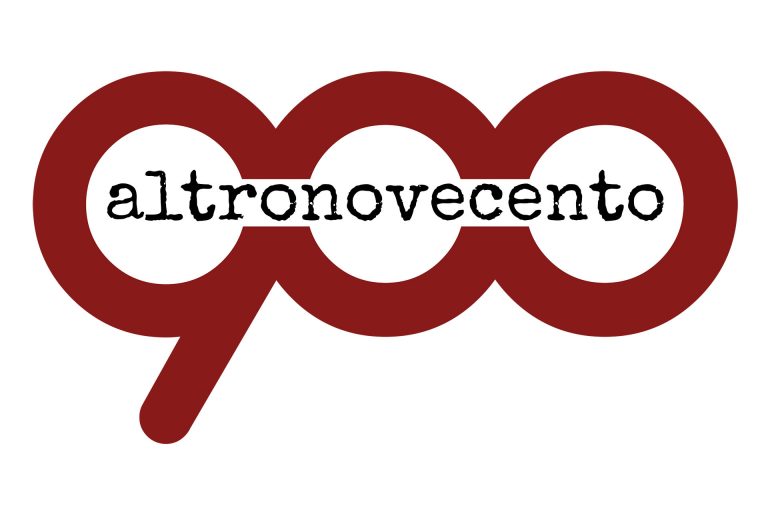Research concept for photovoltaics policy

Introduction:
The development of energy infrastructure systems is a long-term affair, extending over about half a century or more. Since the 19th century, the development of new sources of energy benefited from substantial political assistance in various form. This assistance is still continuing (with an estimated 500 billion dollars of public subsidies for conventional energy sources annually, and probably an even larger amount of non-internalised external costs).
Solar photovoltaics developed at first as a tiny niche market, with substantial financial support from politics – to provide power for satellites. Its diffusion to other areas was greatly impeded by the cost of this technology which was viewed as prohibitive for most applications.
The energy crises of the 1970s and the resulting emphasis – inter alia – on the development of renewable energy sources greatly stimulated the development of photovoltaics again; public policy again came to the assistance of the new technology. What followed was a boom-bust cycle imposed by politics, especially in the United States (with Reagan replacing Carter). In Europe and Japan, support continued at a more moderate rate but almost exclusively for R&D. After the first disappointment that a quick breakthrough to profitability could not be expected in the short term, the further growth of photovoltaics was left to niche markets.
A decisive step was taken in the late 1980s with the first measures to create markets in some industrialised countries, against the background of the new threat of climate change. This was followed in the early 2000s by a rising concern about oil and gas depletion. This led to a series of measures for market creation and diffusion:
– 1.000 roof program in Germany and similar programs elsewhere
– introduction of net metering
– buy-down programs
– feed-in tariffs at local, regional and national levels
– renewable portfolio standards with special provision for solar
Another way to approach the problem is to reverse this process and to ask what would be necessary from today’s perspective in terms of policy to prepare photovoltaics for the role of one of the chief sources of energy.
There is very little systematic research to create a perspective on these policy developments even for individual countries. Such a perspective would be valuable for a better understanding of wider issues regarding e.g. the challenge of a transition to renewable energy and how (and whether) societies, nation states and the international community will be able to achieve such a transition in time.
Proposed program of research:
Research is needed on the following aspects:
– What was the state of affairs regarding photovoltaics at the time first (or later) policy measures were debated? (social, political, economic background)
– For which reason were particular approaches or measures of public policy support for the development and diffusion of photovoltaics proposed, modified, adopted (or eliminated again)?
– What controversies took place and at what level/between which actors?
– What impact did such measures have on the existing network of research institutions and business firms active in (or drawn into) the sector? And on other relevant actors such as electric utilities, other energy producers, environmental NGOs etc.?
– Was there a feedback from the photovoltaics community (assuming there was one) back into politics? Did this change over time, and in which way? Was the photovoltaics community able to secure new allies over time? Did it induce new opposition?
– Did the discussion of photovoltaics change as new potentials became apparent?
– What would be necessary in terms of public policy to prepare photovoltaics for the role of one of the main sources of energy within a few decades? And how was this challenged viewed ten, twenty or thirty years ago?
Such a research program must clearly be a collective enterprise.
(An attempt to apply this approach the diffusion of wind power and photovoltaics in Germany was made by Staffan Jacobsson and Volkmar Lauber, The politics and policy of energy system transformation – explaining the German diffusion of renewable energy technology, paper accepted for publication by Energy Policy,
forthcoming).